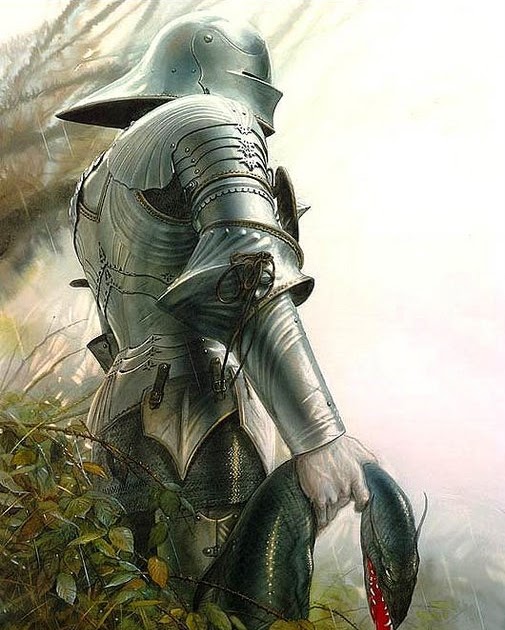


f u t h e y / Lakehead University Beverly Kennedy, Knighthood in the “Morte Darthur” (Cambridge: Ar thurian Studies X I, D. As well as being instructive, it had, and has, moments of great beauty for the ear and eye, intricate imagery, and strong narrative literature, and after a thousand years, its texts are still rich and rewarding for students to think upon. Angus Cameron’s final paragraph (“The Boundaries of Old English Literature,” 36) provides us with an outline of the treasures to be found: Old English literature is above all a literature of things useful for men to know, to think on, and remember translations from the Bible, the great cycles of homilies, narrative texts salted with maxims, laws, documents dealing with bequests, medical recipes, and, failing these, charms. One hopes that such an excellent collection by contributors so alive to the distinctive synthetic features of Anglo-Saxon culture will kindle interest and excitement in others as it did in me, will encourage more frequent colloquia and attendant collections of lectures. The institution apparently had no deeply rooted theory of preordained caste supporting it. Undaunted by the "Herculean task," Logan had forged Canada's first public scientific endeavour from its initial precarious decades into a permanent institution.In lieu of an abstract, here is a brief excerpt of the content: He retired to South Wales in 1869 and was succeeded by A.R.C.

The enormous expansion of the Geological Survey after Confederation had been anticipated by Logan as a natural development. This masterly analysis of Canada's geological structures and economic minerals earned Logan the Royal Society's Gold Medal in 1867. While the Survey continued investigations in both laboratory and field, Logan in 1863 published Geology of Canada, followed in 1865 by an atlas and in 1869 by a larger geological map. Similarly, at the Paris Exposition in 1855, he was awarded the Cross of the Legion of Honour. As a result of his outstanding collection of Canadian minerals and his geological map of Canada, exhibited at London's Crystal Palace in 1851, Logan became the first native Canadian inducted into the Royal Society of London for achievements in Canada. He founded a geological museum mapped the often uncharted lands he surveyed analysed the copper-bearing north shore of Lake Superior. But Logan justified continued public funding of the Survey in other ways. Logan's reputation as a geologist, his Canadian birth, and his social and family connections in Montréal secured him the position of geologist of the Province of Canada in April 1842.īy 1844 Logan and one assistant, Alexander MURRAY, had divided the geological formations of the province into 3 main divisions he concluded reluctantly that none could be expected to yield coal. In 1840 Logan read to the Geological Society of London his theory of the in situ formation of coal, which enabled geologists to determine the location of workable deposits of carboniferous strata. These highly accurate maps were adopted by the Geological Survey of Great Britain. A systematic thinker by nature, and anxious to find a reliable source of coal, he mapped the nearby coal seams topographically and cross-sectionally. In 1816 he took a year of medical studies at the U of Edinburgh before entering an uncle's business.įrom 1831 Logan managed the Forest Copper Works near Swansea, in South Wales. He attended Alexander Skakel's school in Montréal and the Edinburgh High School, Scotland.
CANADIAN KNIGHTHOOD SERIES
Logan identified and mapped the major geological structures of the Province of Canada, in particular the Laurentian and Huronian series of the Precambrian SHIELD. Logan, Sir William Edmond Sir William Edmond Logan, geologist, first director of the GEOLOGICAL SURVEY OF CANADA (b at Montréal d at Castle Malgwyn, Cilgerran, S Wales 22 June 1875). Logan was the first director of the Geological Survey (courtesy Library and Archives Canada/C-119978).


 0 kommentar(er)
0 kommentar(er)
